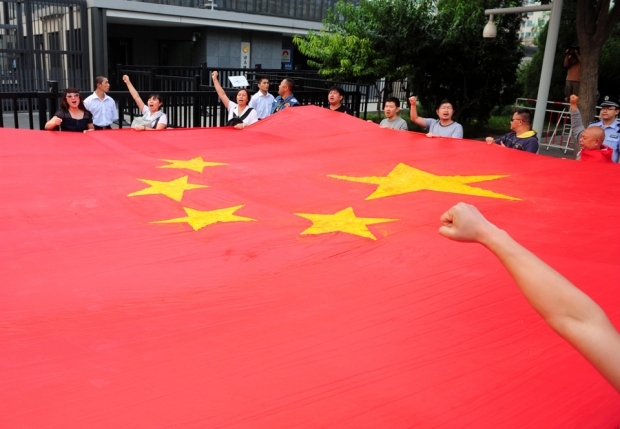There won’t be a war in East Asia.
The United States has five military alliances in the western Pacific. Its allies are South Korea, Japan, Thailand, the Philippines, and Singapore. And American battleships are busy patrolling the seas.
Without a go-ahead from Washington, there is no possibility of a hot war involving battleships of sovereign countries here. As for conflicts between fishing boats and shore patrol boats, that’s not really a big deal.
The Chinese at this time have to ponder several questions: If the country has a battleship war with Japan, can it win without using ground-based missiles? Would a war escalate if missiles are deployed? What would happen if a war continues with no victory in sight?

At home, they fan the flames of nationalism. And in the international arena, none of their activities has exceeded the scope of previous respective claims on sovereignty.
This means there is no possibility of a war in East Asia, not even a remote possibility.
From the East Sea to the South Sea, though, China has reached a new low in its relations with Asian neighbors. It’s hard to remove the flashpoints in territorial disputes, but a country can surely reduce any impact.
The key is in the nation’s relations with the United States.
When the United States and China were warm toward each other during the first decade of this century, our ties with ASEAN were also close. As the former cooled down, the latter became marked by disputes and conflicts.
China’s external environment reached a high-water mark in 2008, when Ma Ying-jeou was elected Taiwanese leader and Sino-U.S. cooperation in the war on terror was still under way. After Barack Obama was elected to the White House in 2008, though, the two countries failed to introduce any additional positive interactions.
The idea of a G2 proved unrealistic. Bilateral relations started spiraling downward. Now, the two countries cooperate only when absolutely necessary, fight one another on a number of issues, and walk their own walks on many others. Relations look adequate on the surface, but under the surface they are frozen.
The strongest link between China and the United States used to be trade. Those relations suffered a heavy blow after the economic crisis of 2008. Trade as a card has lost its power, not only between China and the United States, but with China’s southeastern neighbors as well.
Trade can hardly act as a deterrent with Japan, too, since we are on different ends of the same supply chain. Any punishment against one will cause significant pain to the other. The weight of trade and human rights topics in foreign relations is giving way, too. Politics is thus once again pure politics.
Sino-U.S. relations are already, and increasingly, complicated. Rows between the dominant and emerging power are coupled with ideological differences. There are no easy solutions, but one can easily identify ways to prevent factors further complicating the matter.
For instance, China has no strategic interests in Syria and has no obligation to stand with Russia.
A realist must have reservations and make choices. When necessary, China should be able to forgo old friends, especially if there was never friendship in the first place.
Wang Shuo is managing editor of Caixin Media.




